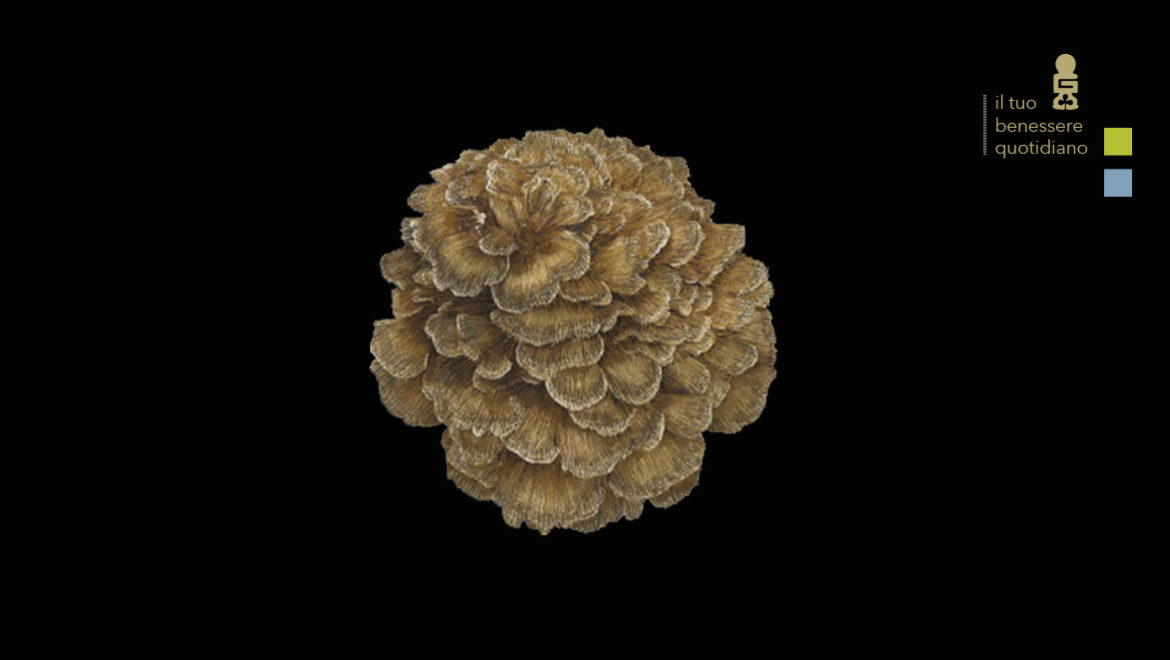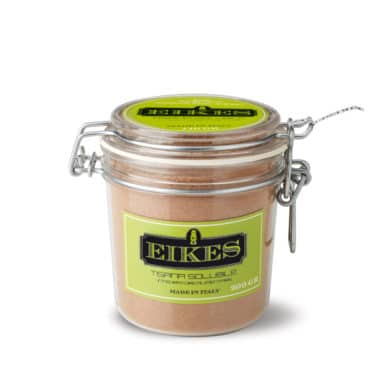POLISACCARIDI, VITAMINE GRUPPO B, FIBRE, ERGOSTEROLI-PRO VITAMINA D2, β-GLUCANI.
Meridiano: Rene, Polmone
Elementi associati: Acqua, Metallo
Il fungo Maitake è un gustoso fungo commestibile. Maitake significa letteralmente “fungo danzante”. Oltre al suo particolare sapore, è stato ed è sempre più spesso utilizzato a fini terapeutici. Considerato un fungo medicinale, è stato ampiamente sottoposto a studi scientifici negli ultimi 30 anni, rilevando una serie di proprietà salutari che potrebbero fornire notevoli vantaggi per la salute. Sono stati dimostrati vari benefici del maitake, che vanno dalle attività immuno-modulatorie e antitumorali al trattamento per l’ipertensione, il diabete, l’ipercolesterolemia, l’obesità e l’infezione da epatite B. La sua attività antivirale è stata confermata anche dal National Cancer Institute degli Stati Uniti nel 1992.
Di particolare interesse sono gli effetti del Maitake sulla funzione immunitaria, con un meccanismo che promuove l’azione non solo dei macrofagi, ma migliora anche l’azione delle cellule T citotossiche che attaccano le cellule riconosciute come non self dell’organismo. A cascata aumenterà anche l’efficienza immuno-correlata di tali cellule aumentando IL-1, IL-2 e linfochine. Contiene alcuni polisaccaridi, con una struttura unica e complessa che non si trova in altri funghi medicinali, anche in base a questa caratteristica tali molecole sono particolarmente biodisponibili anche se assunti per bocca.
BIBLIOGRAFIA
-Masuda Y, Inoue M, Miyata A, Mizuno S, Nanba H. Maitake β-glucan enhances therapeutic effect and reduces myelosupression and nephrotoxicity of cisplatin in mice. Int Immunopharmacol. 2009 5;9(5):620- 6.
–Lei H, Guo S, Han J, Wang Q, Zhang X, Wu W. Hypoglycemic and hypolipidemic activities of MT-α-glucan and its effect on immune function of diabetic mice. Carbohydr Polym. 2012 6/5;89(1):245-50
-Gu CQ, Li JW, Chao FH. Inhibition of hepatitis B virus by D-fraction from Grifola frondosa: synergistic effect of combination with interferon-α in HepG2 2.2.15. Antiviral Res. 2006;72:162–165.
– Shirota M. What do you know about medicinal mushrooms. Explore. 1996;7:48–52.
-Developmental Therapeutics Program, National Cancer Institute. In-vitro anti-HIV drug screening results. NSC. 1992 Jan;:F195001.
– Morishige F. The role of vitamin C in tumor therapy (human) In: Meyskens FI Jr, Parasad KN, editors. Vitamins and Cancer: Human Cancer Prevention by Vitamins and Micronutrients. Clifton, NJ: Humana Press; 1986. pp. 399–427.
–Mayell M. Maitake extracts and their therapeutic potential – A review. Alternative Medicine Review. 2001;6(1):48-60.
–Lee BC, Bae JT, Pyo HB, Choe TB, Kim SW, Hwang HJ, et al. Biological activities of the polysaccharides produced from submerged culture of the edible basidiomycete grifola frondosa. Enzyme Microb Technol. 2003 4/8;32(5):574-81.
–Konno S, Tortorelis DG, Fullerton SA, Samadi AA, Hettiarachchi J, Tazaki H. A possible hypoglycaemic effect of maitake mushroom on type 2 diabetic patients. Diabetic Med. 2001;18(12):1010-
–Nanba H, Hamaguchi A, Kuroda H. The chemical structure of an antitumor polysaccharide in fruit bodies of Grifola frondosa (maitake). Chem Pharm Bull 1987;35:1162- 1168
–Takama F, Ninomiya S, Yoda R, et al. Parenchyma cells, chemical components of maitake mushroom (Grifola frondosa S.F. Gray) cultured artificially, and their changes by storage and boiling. Mushroom Sci 1981;11:767-779.









